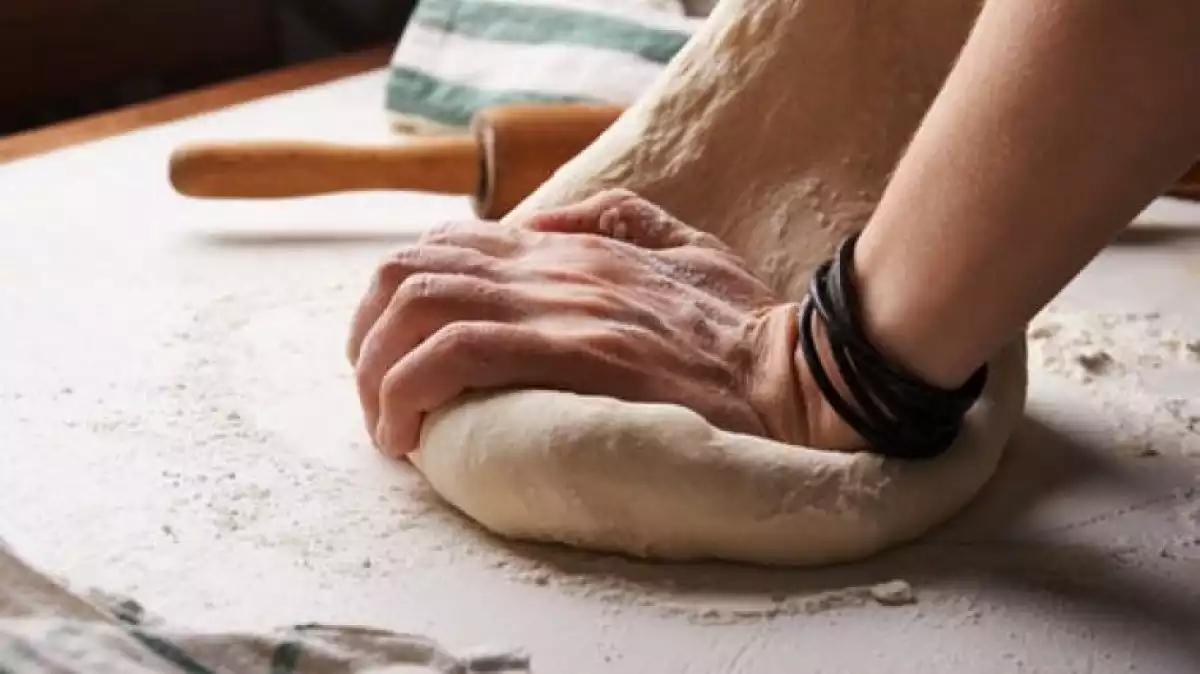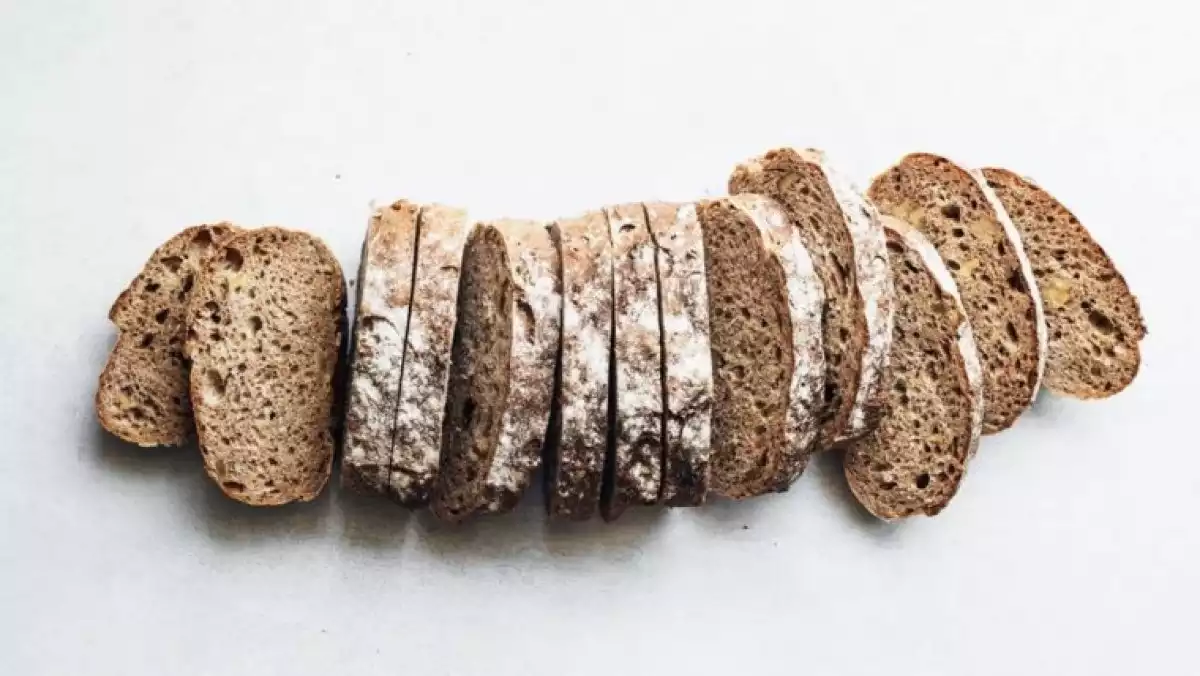Bread is one of the staple foods for humans, and it is part of the food pyramid: carbohydrates are excellent sources of energy. We will examine the definition of bread and what health benefits it has as well as list a few recipes for homemade bread - both salty and sweet (also known as pan dulce).
Bread - Definition and Nutrition value
Bread represents one of the basic foods in traditional diets around the world. It is typically made with water, wheat flour, and salt; usually, oven baked. Nutritionally, bread is rich in carbohydrates and other minerals such as calcium, zinc, magnesium, iron, selenium, dietary fiber, and vitamins from the B complex - thiamin, niacin, and folic acid.
Additionally, bread is an incredible source of fiber especially in whole bread, and part of the starch contained by bread has the same effects on our bodies as fiber. Despite the mixed messages out there, bread is a healthy type of food, and it should be incorporated into our diets. Similarly to all food, we must consume bread with moderation - it has been proven that bread consumption may help reduce obesity and some coronary ailments.
Gluten-free bread
As it is the case with many types of food, eating too much bread can lead to weight gain and a predisposition for certain diseases. Also, because bread is usually made with cereal, either wheat or rye, it usually contains gluten. There are, however, many options for gluten-free bread where the wheat is replaced by corn starch and other gluten-free ingredients.
How to make homemade bread?
We can make homemade bread in many different ways - pan dulce, French bread, cornbread, spelt bread, whole bread, or gluten-free bread as well as the multitude of dishes made with bread such as torijas, Spanish style French toast, Spanish tomato bread, and breadcrumbs. In the following excerpt, we will list two easy to make recipes for homemade bread: salty bread and pan dulce.

Traditional homemade bread
For this traditional homemade bread recipe we will need basic ingredients, which are sure to be found in every household:
1 kg flour
2 spoonfuls table salt
100 gr fresh yeast
250 ml water
1 teaspoon sugar
First, we mix the fresh yeast in warm water, add one teaspoon of sugar and let rest for 15 minutes. Secondly, we take a big bowl and add the kilogram of flour together with the 2 spoonfuls of table salt. Next, we add the yeast into the flour and mix in more water so that we have a malleable paste which we leave to rest for 20-30 minutes, covered with a cloth in a dark place.
When the dough starts rising, we break off chunks of it and shape them into loaves which we leave to rest for another 30 minutes. Finally, before putting the loaves in the oven, we slice the bread diagonally and bake it for 20-30 minutes at 200°C.
How to make homemade pan dulce?
As mentioned above, we will have a look at sweet bread recipes - one for classic homemade sweet bread and another for bakery-style pan dulce. The latter can be eaten on its own or with jams, sausages, or cheese. The first recipe is for sweet bread and the second is for a sweet bread with honey - both methods are fun and easy to make especially with children, as they offer a delicious alternative to industrial-made desserts.
Sweet milk bread recipe
This is a spongy and soft bread that is rolled into small buns. As the name suggests, one of the main ingredients is milk, and you will also need the following:
300 gr stout flour
30 gr compressed yeast
1 big glass of milk
1 pinch of salt
Firstly, we need a big bowl to mix the flour with the yeast and salt. Gently add the warm milk and mix until we get a homogenous paste. Next, we lay down the dough on a flat surface that we've previously powdered with flour, and we kneel the mixture for 10 minutes. The trick to knowing when to stop is when the dough has stopped sticking to your fingers.
We then leave it rest, covered by a cloth in a dark spot until it doubles its volume - this could take form 1 to 3 hours depending on the temperature in your kitchen. Once we have the sourdough, we repeat the kneeling for another 10 minutes after which we start breaking off chunks and rolling them into balls.
Finally, we place the rolls of dough on a tray, and we stick them together with olive oil. We cover the tray with a cloth and wait for 10 more minutes before putting in the oven for 20-30 minutes at 165°C. You are now ready to enjoy your homemade pan dulce!

Sweet milk bread with honey recipe
Sweet milk bread with honey is a French specialty also known as spice bread. It is a baked product, and one of its main ingredients is bee honey. To make this delicious sweet bread, we will need the following ingredients:
300 gr wheat flour
250 gr bees honey
¼ l milk
2 teaspoons sodium bicarbonate
100 gr sugar
1 handful cinnamon powder
vanilla
cloves
First, we mix the flour with the bicarbonate in a bowl and then add the honey, sugar, the milk, and the spices, and we mix until we get a homogenous paste. Next, grease the base of a rectangular baking tin with olive oil and put the mixture in it.
Bake for one hour at 190° C or until golden brown. Lastly, after 15 minutes in the oven, it's important to slice the dough on top so that it raises nicely. Once the 15 minutes are up, you may take the sweet bread out of the oven and enjoy with a cup of milk.
- This article about "Homemade Bread" was originally published in Spanish in Viviendo La Salud
References:
Arguiñano, K. (2006). 1069 recetas. Bainet: España.
Schlager, N. (2002). Carbohydrates. In N. Schlager (Ed.), Science of Everyday Things (Vol. 3, pp. 3-10). Detroit: Gale.
Perlmutter, D. (2015). Cerebro de pan. Las Recetas. Grijalbo: España.
